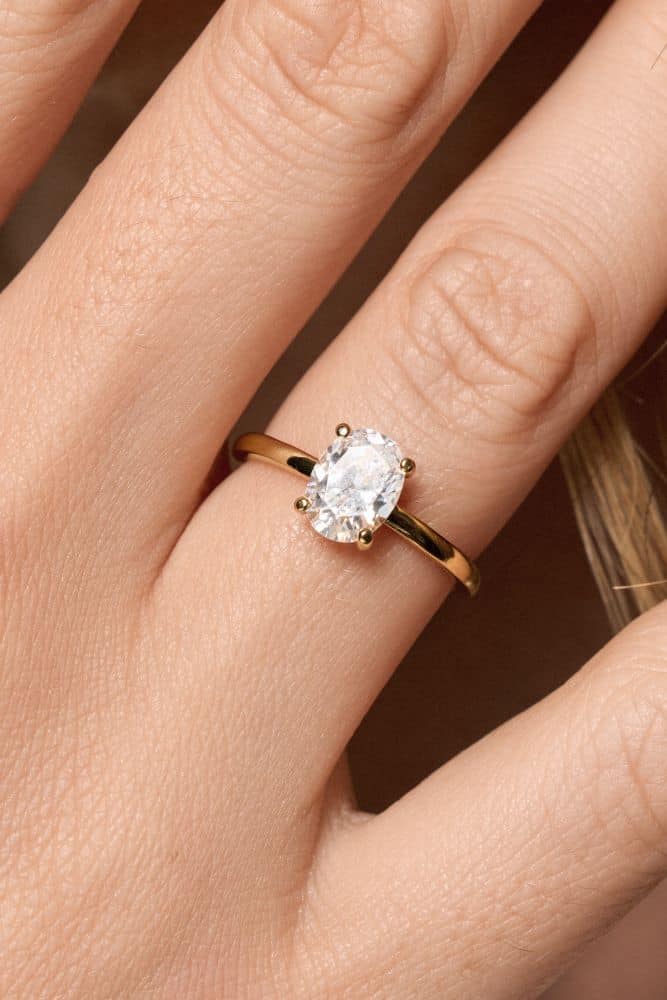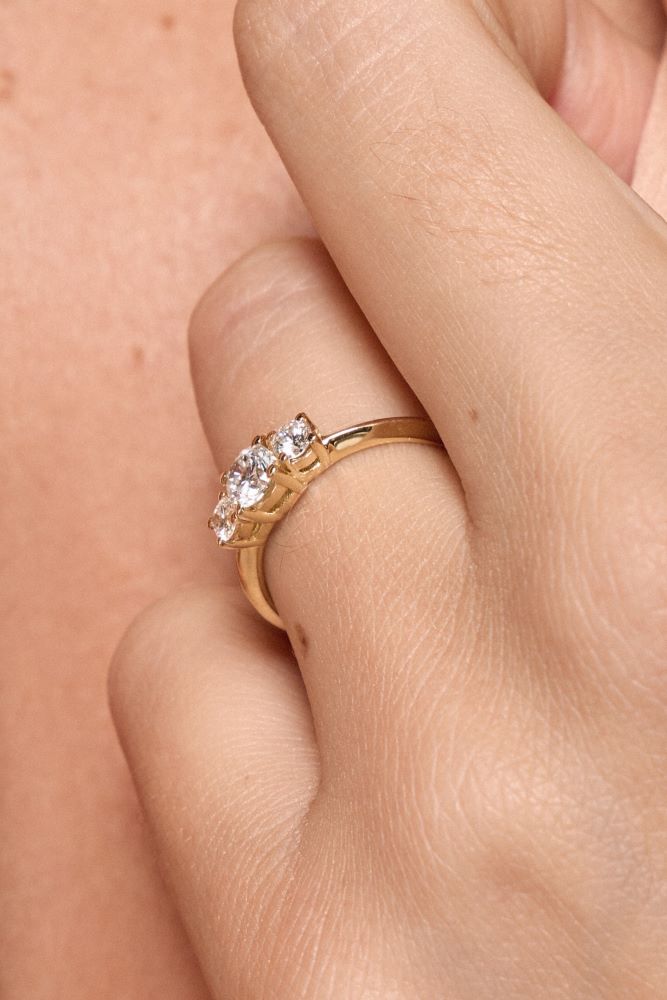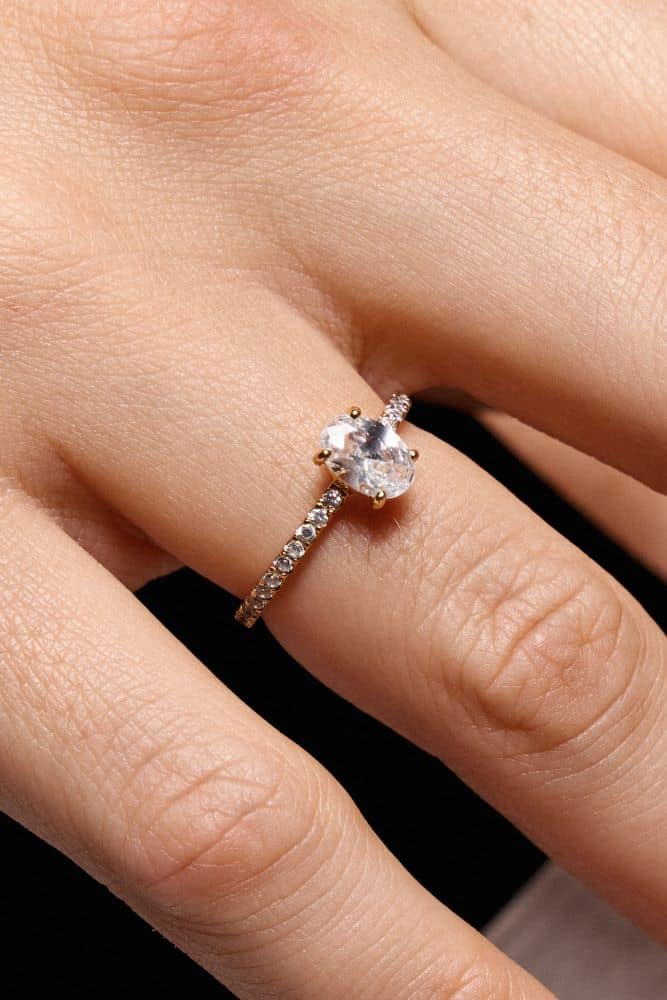The truth about diamonds
Unveiling the myth of the diamonds: Are they really as rare as you’ve been led to believe?
When you think of diamonds, words like “exclusivity,” “luxury,” and “rare beauty” probably come to mind. However, did you know that this perception of rarity is largely a myth carefully crafted by the diamond industry itself? In this article, we’ll reveal how diamonds have been portrayed as rare and precious for decades, even though the reality is quite different. And at the end, we’ll introduce you to a more ethical and sustainable alternative with LUM’s laboratory-grown diamonds.
The origin of a myth: The rarity that isn’t so rare
The legend of diamond “rarity” is a marketing strategy meticulously planned by industry giants to control the market. Since the late 19th century, the company De Beers became the dominant force, acquiring and controlling the majority of the world’s diamond mines. With this power in its hands, De Beers deliberately restricted the supply of diamonds entering the market, making them appear scarce and, thus, highly valuable.
This marketing strategy reached its peak in the 1940s with the famous slogan “A diamond is forever.” De Beers was not only promoting the idea that a diamond is eternal but also introducing the concept that only a diamond was valuable enough to symbolise love and commitment. Through powerful, emotional campaigns, the industry convinced the world that an engagement ring had to feature a diamond, making diamonds the universal symbol of everlasting love and luxury – and preserving the perception of rarity that the industry benefited from.
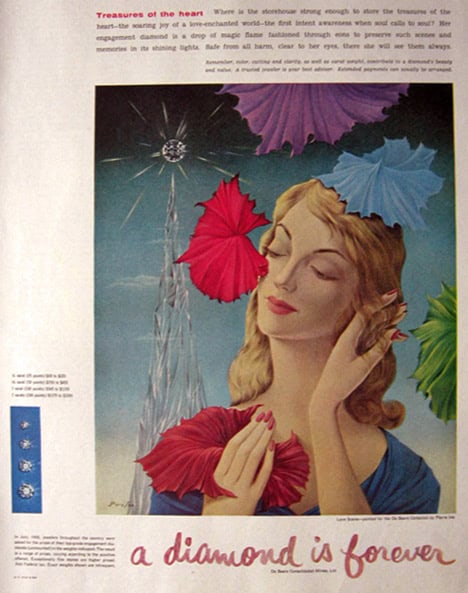

Are diamonds really that rare?
The truth is that, geologically speaking, diamonds are not that rare. They can be found in abundance in various regions of the planet. What’s truly scarce are high-quality diamonds, large stones that are free of inclusions, representing only a small fraction of the diamonds mined. However, most diamonds on the market do not belong to this exceptional category.
De Beers and other major industry players have continued to control the diamond supply, even after losing their monopoly. This control keeps prices high and ensures the perception of exclusivity. This supply manipulation strategy means that the value of diamonds remains elevated, even though they are not as rare as commonly believed.
Lab-grown diamonds: An ethical and responsible alternative
In a world where transparency and sustainability are becoming essential values for many consumers, laboratory-grown diamonds offer an ethical and attractive option. Unlike natural diamonds, whose extraction can cause significant environmental harm and involves exploitative labour practices in certain countries, laboratory-grown diamonds are produced in controlled conditions that do not require destructive mining.
These diamonds not only have the same brilliance, hardness, and beauty as natural diamonds but are also more affordable. Additionally, their production has a much lower environmental impact, making them an ideal choice for those who want a symbol of love and commitment without compromising on their values.
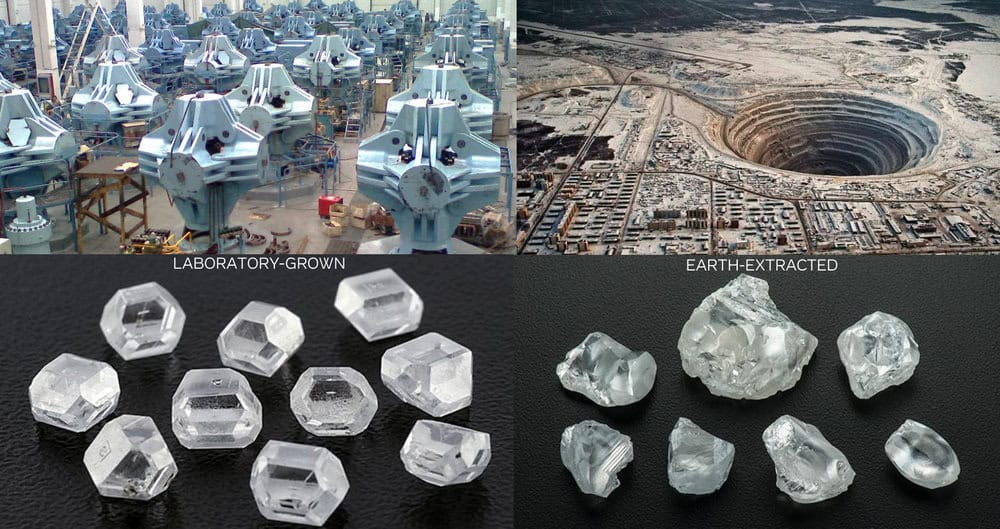
Why choose a LUM lab-grown diamond?
At LUM, we believe in jewellery that respects both people and the planet. That’s why we’ve embraced laboratory-grown diamonds, allowing us to offer our customers a luxury option that is ethical, sustainable, and uncompromising. With a LUM laboratory-grown diamond, you’re choosing a ring that represents not only the beauty and purity of your love but also a commitment to a fairer and more respectful world.
Choosing a laboratory-grown diamond is a choice for transparency and authenticity. Our rings, crafted with lab-grown diamonds, are not only visually identical to natural diamonds but also represent love that respects the planet. With LUM, you wear a symbol of eternal love that shines with the values of sustainability and responsibility.
